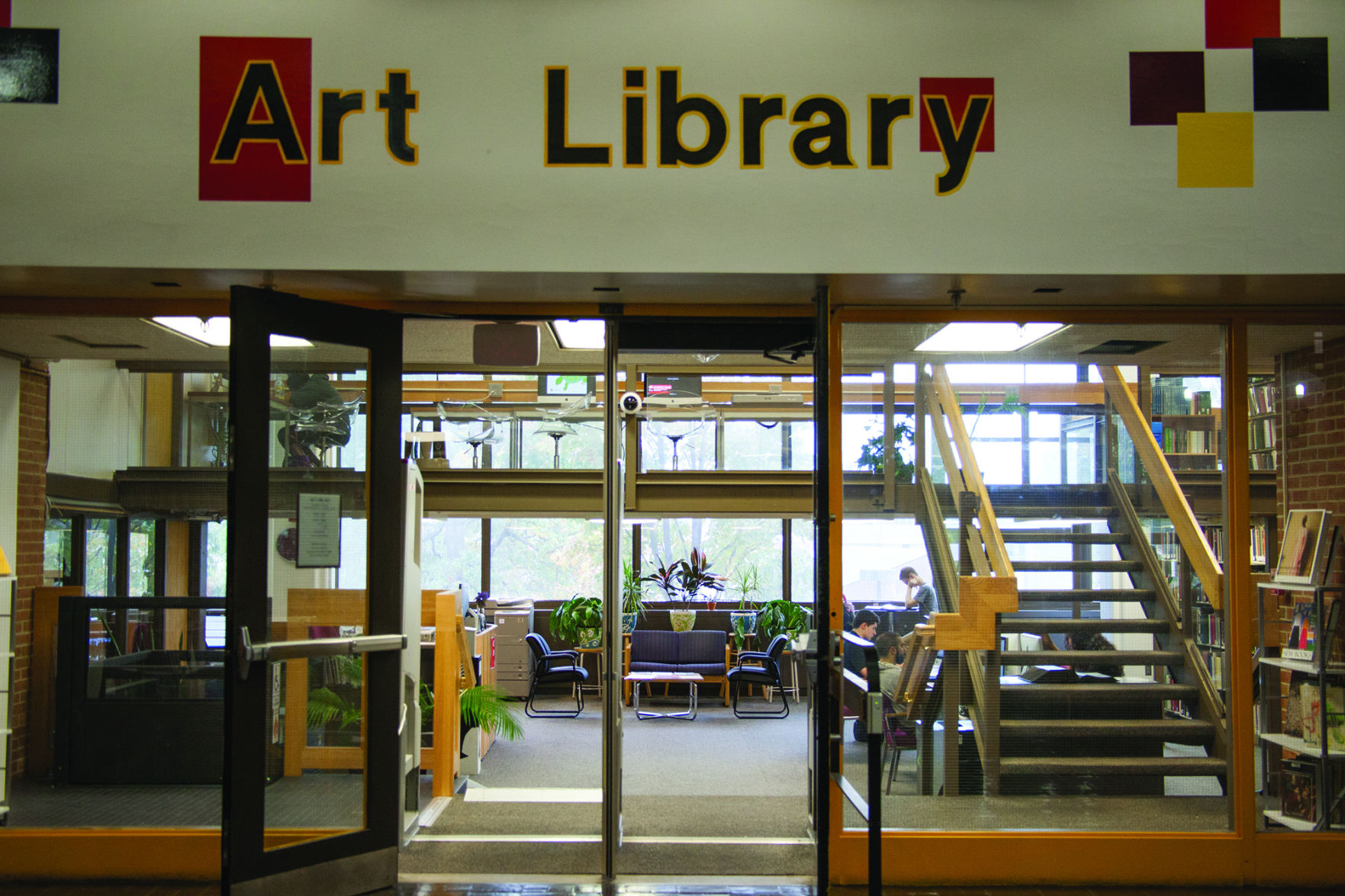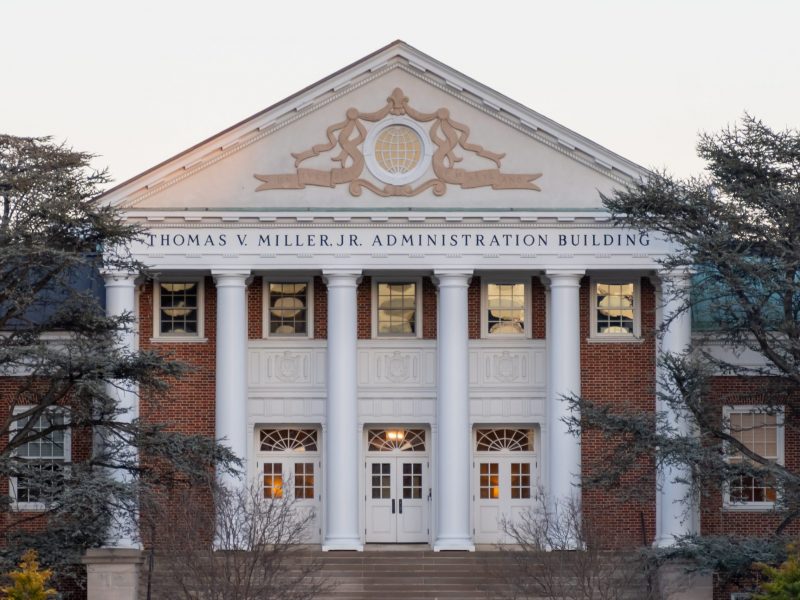
Inside the Art/Sociology building there is a beautiful library for students and grad students to quietly work. October, 15 2014
When Abby Eron was deciding where to go for graduate school, she had two offers on the table. She said the main reason she chose this university over the other was that the art department here had a designated branch library.
But after a 1.5 percent budget cut, Patricia Steele, this university’s libraries dean, announced on June 18 that the Art Library would be closed and integrated into McKeldin Library over the next one to two years.
About 50 students and faculty like Eron met with Steele on Wednesday to explain that doing so would hurt the department’s reputation and sense of community as well as inconvenience those who use the collections.
Steele said she held the meeting to get a sense of the department’s needs as she, along with a task force of students and faculty, brainstorms new models for the art library’s future. She said they hope to have a feasible plan in place by January.
“It’s an issue of scholarship with emotions around it. The bottom line has to be that we find ways to make sure that scholarship is not hampered and does not diminish,” Bonnie Dill, dean of the arts and humanities college, told the group before the discussion began. “Whether the library can do that in the way they’ve always done is the issue that’s at stake.”
Nicole Riesenberger, a graduate student in the art history and archaeology department, presented Steele with a petition featuring 1,540 signatures requesting the library stay open.
Riesenberger, among others, cited that many of this university’s competitors — including all but three Big Ten schools — have a dedicated art branch library.
Gary White, University Libraries associate dean for public services, said moving the collections to McKeldin Library would save on personnel costs, which account for 90 percent of the library’s budget outside of collections.
“To operate a branch library, when you take into account librarians, full-time staff members, part-time employees — it can cost a couple hundred thousand a year,” White said.
But McKeldin is not suited to the needs of artists and art historians, the group said.
“The art library is the place where I was introduced to all the people and ideas I studied, where I had the chance to sit down and explore the stacks, to go looking for one book on an artist but end up discovering a whole bunch of them,” said doctoral alumnus Abram Fox. “There’s a different vibe in the Art Library than there is in McKeldin. In McKeldin, you go there and you get your stuff and you leave.”
Sophie Huget, a senior art history major, said she calls McKeldin “purgatory” because when she goes in, it feels as though she’ll never get out.
“Students come to McKeldin because they have a problem to solve, but it’s not like that in the art history department,” she said. “We have this curiosity and we need to talk to our peers.”
One person said it took him five to seven minutes to walk to McKeldin. This doesn’t work for students on a practical level, graduate student Hannah Schockmel said.
Steele said is was helpful hearing the department’s concerns and they will be taken into account as the problem is further debated.
“It’s never pleasant to think about cutting,” she said. “We have to find a balance together and try not to make it an awful. If not a win-win, it has to be a live with it-live with it.”
Correction: Due to a reporting error, Abram Fox was incorrectly identified as a doctoral candidate. He is a doctoral alumnus.



